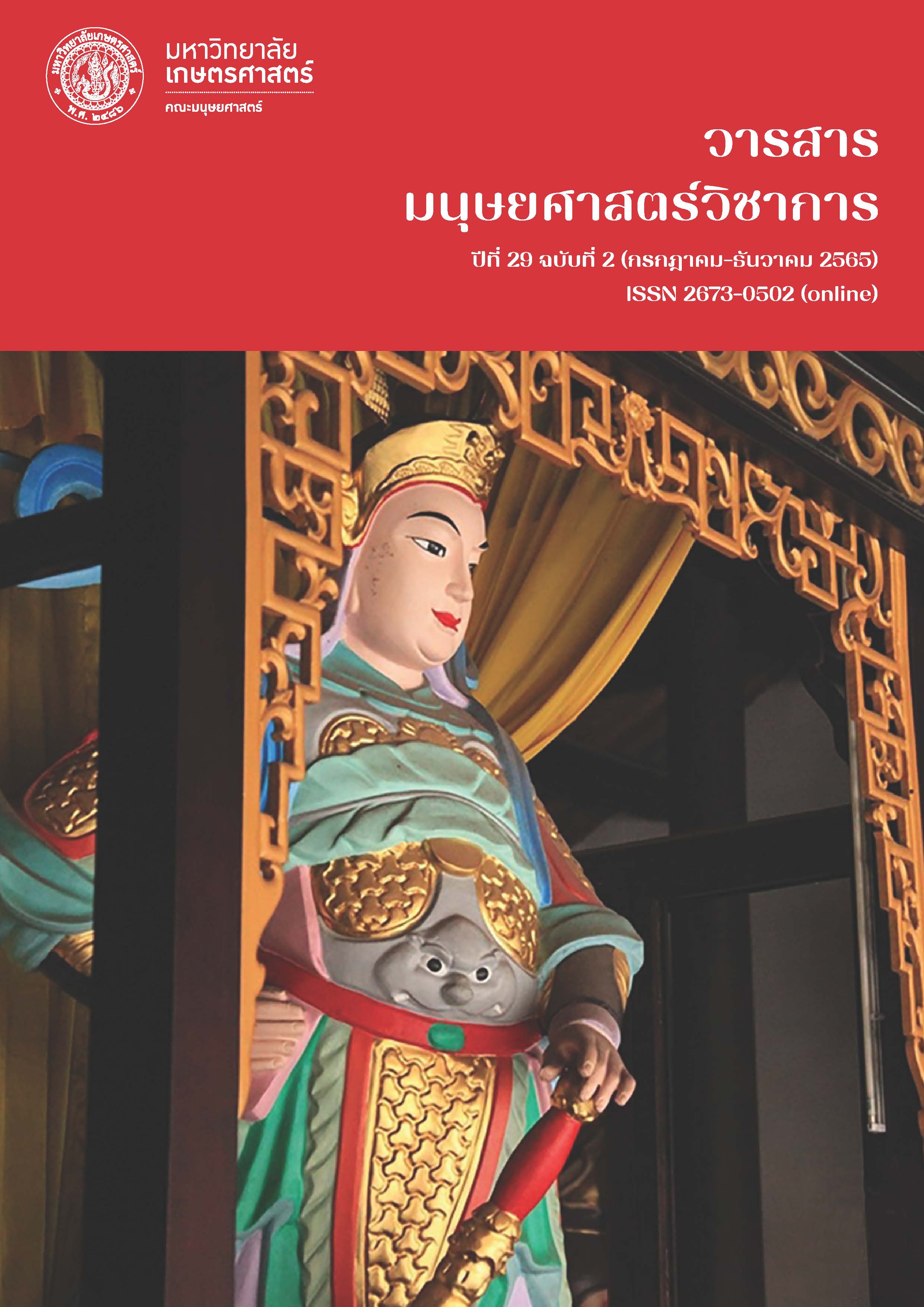The Characteristics of Burapha University’s Korean Major Students’ Korean Sentence Translation
Main Article Content
Abstract
This research aims to study translation strategies used by Korean major students at Burapha University when translating Korean sentences into Thai. The focus is on the reason for selecting translation strategies in translating Korean sentences. The findings will contribute to seeking more effective translation methods for the students. The samples include 24 fourth-year Korean major students who had passed two basic translation courses (234351: Korean Translation I and 234452: Korean Translation II; instructed by the researcher) and enrolled in academic year 2017.
The instruments used for collecting the data are 3 Korean original texts. The statistics used for analyzing the data are frequency and percentage.
The findings are as follows.
1. Literal translation: 20 Korean sentences were translated and this method was found the most in the 1st text (10 sentences).
2. Translation with some missed-out Korean sentences: 6 sentences were translated with some missed-out Korean sentences, and this method was found the most in the 2nd text (4 sentences).
3. Addition of excessive words: Only 1 sentence was translated with added excessive words, and this method was found the most in the 2nd text (1 sentence).
4. Mistranslation of the whole sentence: 65 sentences were mistranslated entirely, and this method was found the most in the 3rd text (24 sentences).
Article Details

This work is licensed under a Creative Commons Attribution-NonCommercial-NoDerivatives 4.0 International License.
References
กนกวรรณ สาโรจน์. (2563). ลักษณะการแปลเนื้อความภาษาเกาหลีของผู้เรียนชาวไทย: กรณีศึกษานิสิตวิชาเอกภาษาเกาหลี มหาวิทยาลัยบูรพา. ชลบุรี: มหาวิทยาลัยบูรพา.
ปัญญา บริสุทธิ์. (2535). การแปล: ทฤษฎี หลักปฏิบัติ และการแปลเฉพาะด้าน. วารสารสมาคมครูฝรั่งเศสแห่งประเทศไทย ฉบับพิเศษ: การแปล, 15(2-3), 77-86.
มณีรัตน์ สวัสดิวัตน์ ณ อยุธยา. (2548). การแปลและหลักการวิเคราะห์. กรุงเทพฯ: จุฬาลงกรณ์มหาวิทยาลัย.
สำนักงานเลขาธิการสภาการศึกษา กระทรวงศึกษาธิการ. (2560). แผนการศึกษาแห่งชาติ พ.ศ. 2560-2579. สืบค้นเมื่อ
เมษายน 2560 จาก http://backoffice.onec.go.th/uploaded/Outstand/ 2017-EdPlan60-79.pdf.
สำนักงานสถิติแห่งชาติ (ม.ป.ป.). จำนวนนักท่องเที่ยวที่เข้ามาในประเทศไทย จำแนกตามสัญชาติ พ.ศ. 2559-2560.
สืบค้นเมื่อ 16 พฤศจิกายน 2561 จาก http://statbbi.nso.go.th/staticreport/page/ sector/th/17.aspx.
สิทธา พินิจภูวดล. (2535). ความรู้เบื้องต้นเกี่ยวกับการแปล. วารสารสมาคมครูฝรั่งเศสแห่งประเทศไทย ฉบับพิเศษ:
การแปล, 15(2-3), 45-76.
Kang, B., & Son, O. (2007). A Study of Interpretation Education in Korean Education as a Foreign Language. Journal of Korean Language Education, 18(12), 155-175.
Korea Trade-Investment Promotion Agency. (2018). สืบค้นเมื่อ 16 พฤศจิกายน 2561 จาก https://www.kotra.or.kr/KBC/bangkok/KTMIUI050M.html.
Poe, A. (2004). 301 개로 예제로 끝내는 BUSINESS LETTERS. 서울: 명진닷컴.
Zhou Yu-bo. (2007). A Study on the Chinese-Korean Translation Education Focusing on Texttypen.
(Doctoral dissertation). Seoul National University, Seoul.


